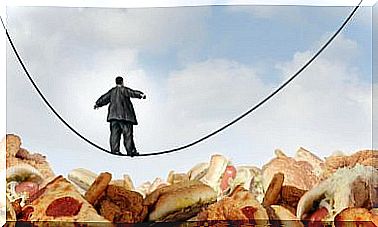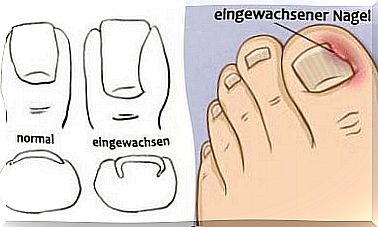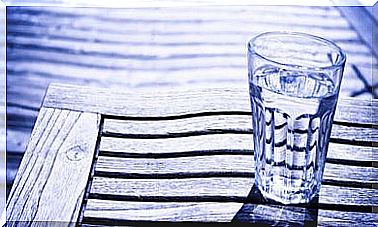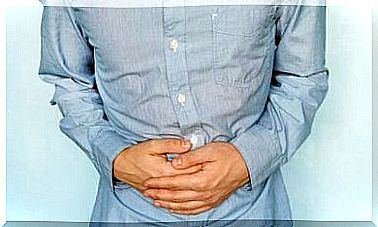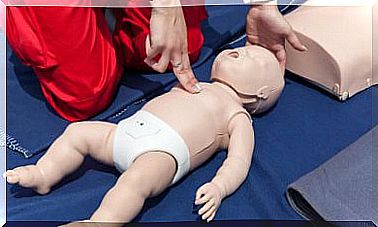Recognizing And Treating Diabetes
Many people have had this disease for a long time but do not know it. How can you recognize diabetes and what types are there? How is Diabetes Treated Naturally?

Many have had this disease for a long time but do not know it. How can you recognize diabetes and what types are there?
Diabetes is a condition in which you have high blood sugar (glucose) levels. The level is regulated by what is known as the hormone insulin, which is excreted by the pancreas in a healthy body. The pancreas also transports glucose inside the cells.
In the following we will show you how to recognize diabetes and what types there are. We’ll also give you some advice on diet and natural treatment options so that you can still enjoy a good quality of life.
Types of Diabetes
Type 1 diabetes
This type usually occurs in childhood or adolescence. The disease usually appears suddenly and for no apparent reason. In this type, the pancreas does not produce enough or no insulin.
Treatment is usually given by injecting insulin. Type 1 diabetes can be recognized by increased thirst or urine, tiredness or weight loss.
Type 2 diabetes
This type is more common. It appears at an advanced age and usually occurs slowly. When this happens, the pancreas produces insulin, but it is not used optimally.
Treatment can be medication, insulin, or a combination of both. There are no specific symptoms and therefore it is difficult to identify this type of diabetes.
Gestational diabetes
This is a type of temporal diabetes that some women suffer from during pregnancy. Again, there are no typical symptoms and the diabetes is detected during normal routine examinations, which are carried out from the 24th week of pregnancy.
The doctor will prescribe appropriate treatment.
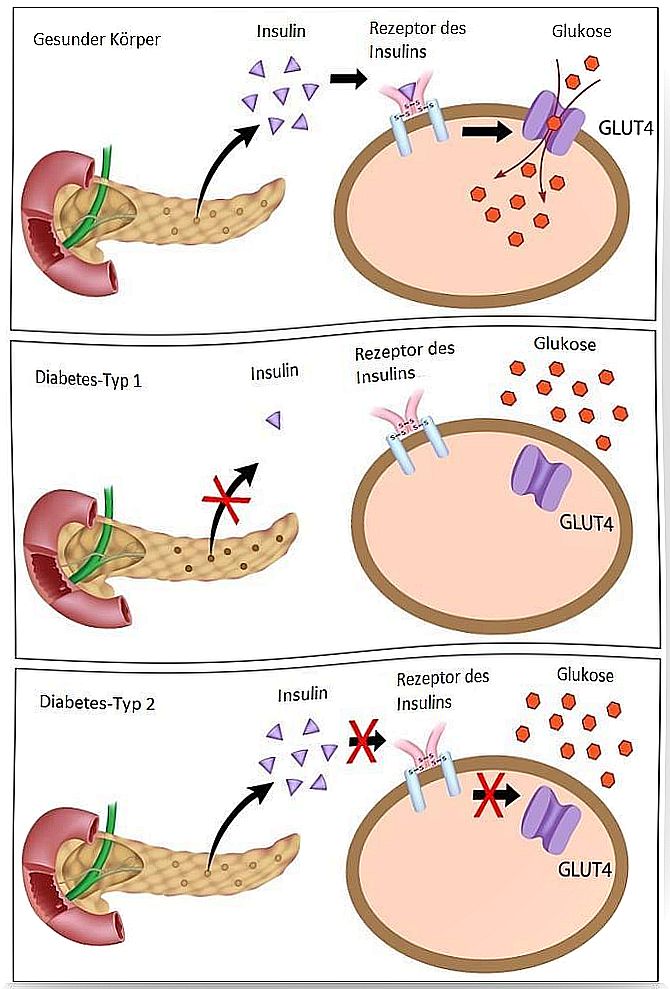
Can Diabetes Be Serious?
If diabetes is not controlled, over time it can lead to eye problems, damage to the kidneys and nerves, heart disease, memory loss, and other illnesses.
How can you recognize diabetes?
The most common signs of this are:
- Increased urination
- Unusual hunger
- Increased thirst
- Weakness and fatigue
- Weight loss
- Mood swings
- Abdominal pain and vomiting
- Frequent colds
- Poor eyesight
- Slowed wound healing
- Scratching of hands and feet
If you suspect you should see a doctor. A simple blood test can be used to identify diabetes.
What does the treatment look like?
The specialist will assess the case and prescribe the appropriate treatment for you. A strict diet is fundamental. You will also feel a lot better if you exercise regularly, check your weight regularly, and follow some natural advice.
The right diet
A special nutrition plan drawn up by the doctor is fundamental to maintaining an accurate blood sugar level. This is adapted to the patient according to age, physical activity and type of diabetes.
In general, a healthy diet consists of reducing the number of simple sugars and spreading meals throughout the day so that there is no glucose low.
You should also include some beneficial foods in your diet:
- Stevia is the first most important food that is important to you. The plant is native to Paraguay and has some beneficial properties. On the one hand, stevia is a calorie-free sweetener. On the other hand, it helps you regulate blood sugar. You can take stevia either in liquid form three times a day or directly as a concentrate. It is important that it is a pure concentrate with a dark color and not as a refined sweetener. They have lost their good properties.
- Cinnamon helps balance glucose and fat levels. Cinnamon can be consumed either as a concentrate or together with normal food or in tea and other drinks.
- Brewer’s yeast contains chromium and regulates the sugar content.
- Fresh peas act like a plant-based insulin. Peas, like all other legumes, have the property of continuously releasing insulin into the blood.
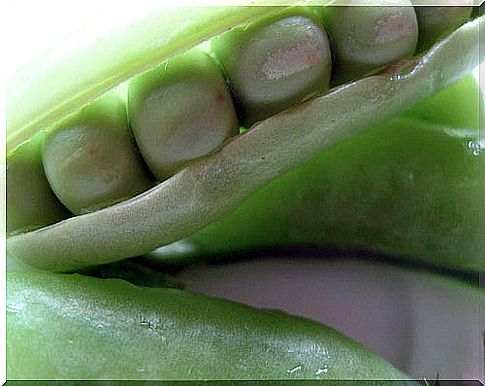
- Fresh berries also contain a lot of chromium
- Plant-based drinks made from hazelnuts are not only delicious, but also contain a lot of soluble fiber, which regulates the absorption of sugar.
- Oats regulate blood sugar levels.
- Whole grain products are essential. You should eat whole grain rice three times a week.
- Soluble fiber (found in oats, barley, fruits, vegetables, legumes, glucomannan, guar gum, wheat bran) slows digestion and the absorption of carbohydrates in the blood. This means that the blood sugar level does not rise immediately after eating and insulin is not released as strongly. This can help diabetics better control their blood sugar levels.
- Natural coconut water helps with hypoglycaemia. Coconut water contains natural sugar in the form of glucose.
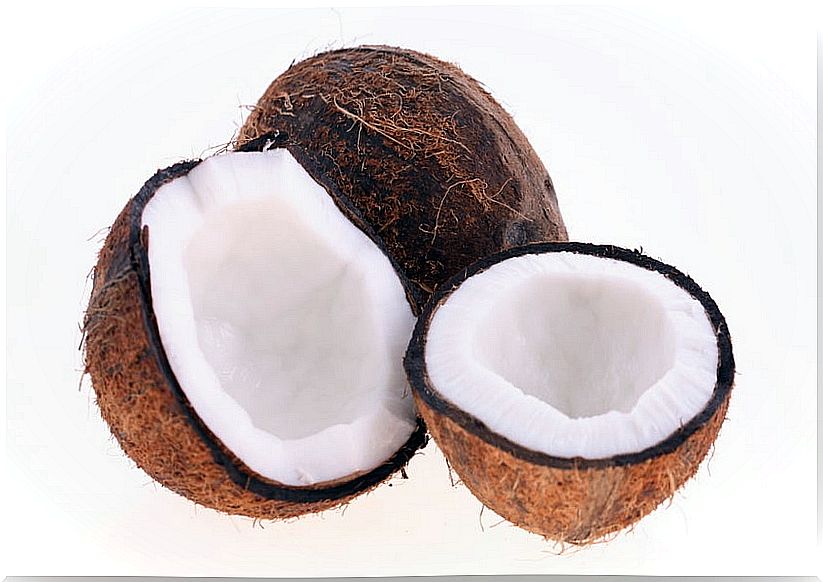
- The mushrooms Reishi, Maitake and Shiitake regulate the glucose level and contain many other beneficial properties for your organism.
- Evening primrose oil: Its omega-6 fatty acids help you with dry skin (when too much urination leads to dehydration).
Other means
- Sulfur is a great detox agent and helps relieve itching, which is common in diabetics. Sulfur can be taken as a homeopathic preparation or trace element or you can bathe in thermal baths with water with sulfur content.
- The Schüssler salt helps you with the treatment because it is a salt that eliminates toxins that the body does not need, in this case glucose. You take two tablets three times a day (not during meals and not with strong-tasting drinks).
- When treating any ailment naturally, you should also consider the condition of your bowel, as it can become a source of toxins. If you are constipated, you should drink plenty of water and eat fruits, vegetables, legumes, nuts, flax seeds, etc.
- If you are dependent on insulin, you can sunbathe (moderate exposure to the sun, at a time when the sun isn’t very exposed) and exercise. If you incorporate these two activities into your daily routine, they will help you use less insulin.
- Learn diaphragmatic breathing. This is also a good therapy to avoid high blood sugar levels.
Pictures by Uwe Hermann, Beautifulcataya y John Revo Puno.
